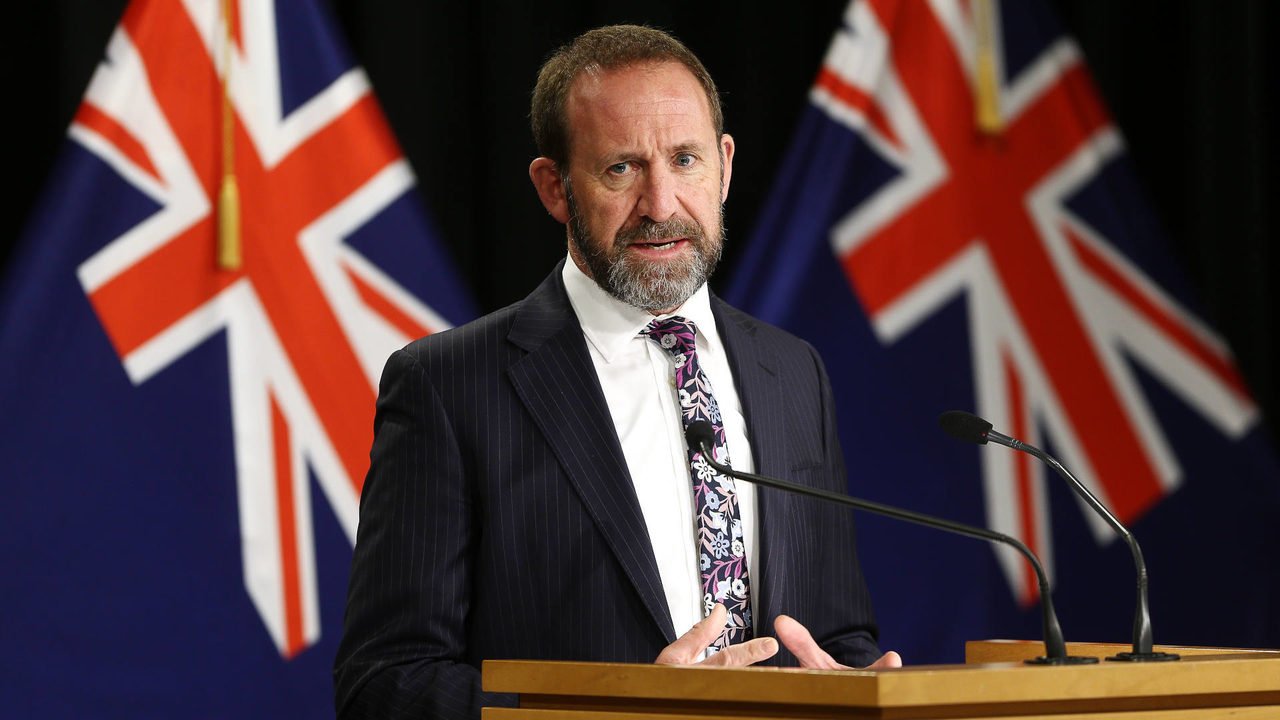Posted on: June 27, 2022, 09:58h.
Last updated on: June 27, 2022, 10:40h.
In an effort to address and reduce potential gambling harm, the Government of New Zealand is willing to bet big money. It has allocated NZ$76.1 million (US$48 million) for a new project that it will run through 2025.

The Ministry of Health created the Strategy to Prevent Gambling Harm (SPGH) plan as a mechanism to campaign for, and if possible, eliminate gambling harm. It follows a banner year in New Zealand of strong spending in the gambling industry. Consumers spent NZ$2.62 billion (US$1.06 billion) on non-casino gaming machines (NCGM), Lotto NZ, TAB NZ and all casinos.
The amount the Ministry of Health is willing to spend is almost 25% more than the NZ$15.8 million (US$9.95 million) it previously allocated. It asserts that the increase is necessary, as New Zealand consumers are more at risk of gambling harm.
In addition, the Ministry claims that because of the increase in the overall population, this means there are more people suffering from gambling-related harm.
Mercury Rising
Because the population grew, New Zealand believes there is an automatic increase in the problem gambling segment. It states that one in five Kiwis are at risk; however, there isn’t enough tangible data to support this assertion.
New Zealand relies on the Problem Gambling Severity Index (PGSI) to gauge its problem gambling. This is a screening tool that is used in several countries to research the industry. However, there is no standard application of the PGSI. The National Library of Medicine states that the PGSI is “weak in assessing low to moderate problem severity, a notable limitation of most brief gambling screens.”
Additionally, New Zealand, which only lifted COVID-19 restrictions in April, confirmed that the country’s gambling industry is not suffering. It acknowledged that, despite the record spending last year and the increase in participation, the number of consumers at risk of gambling harm is at its lowest in two decades. The Ministry of Health’s own data shows that the “problem gambling” category in 2020 was less than 1%.
Nonetheless, the Ministry is moving forward. It has identified several areas that need improvement through the SPGH. These include the disproportionate harm suffered by certain ethnic communities and the possibility of an increase in online gambling.
Andrew Little, Minister of Health, stated that the new strategy and funding will align the government’s efforts to prevent gambling harm. This is possible through reforms to the health and disability systems, as well as the new mental health system.
The SPGH outlines strategies that can be used to support the wider reforms taking place in the health and disability sectors. These strategies include the NZ$1.9 billion (US$1.19 billion) Kia Manawanui action plan. That three-year-old project seeks to transform and improve mental health and addiction programs.
Operators Pay the Price
The levy rate on four of the country’s gambling segments will rise to fund this increase. The rate for gaming machine operators will be 1.08%, compared to 0.788% previously. Casinos will pay 0.87% of the win percentage. TAB NZ will pay 0.76% of betting profits, compared to 0.522%. Lotto NZ’s contribution to turnover (minus prizes) will increase slightly from 0.433% to 0.444%.
The key strategic changes include strengthening partnerships in the design and delivery of services. In addition, it will raise awareness and engagement for people at risk. There is also a greater emphasis on targeted public health initiatives the government develops in collaboration and with priority populations, especially young people.
However, not everyone is a fan of the changes. Clubs New Zealand, a trade group representing more than 300 clubs in New Zealand, showed a degree of skepticism toward the levy hike when the government brought it up at the beginning of June. It’s not against the concept. it’s against how the government implements it.
A spokesperson stated that the organization believes the government is spinning its wheels. In response to the announcement earlier this month, the individual stated that the “Ministry of Health and Ministry of Internal Affairs has elected to do much of the same at a much greater cost.”
